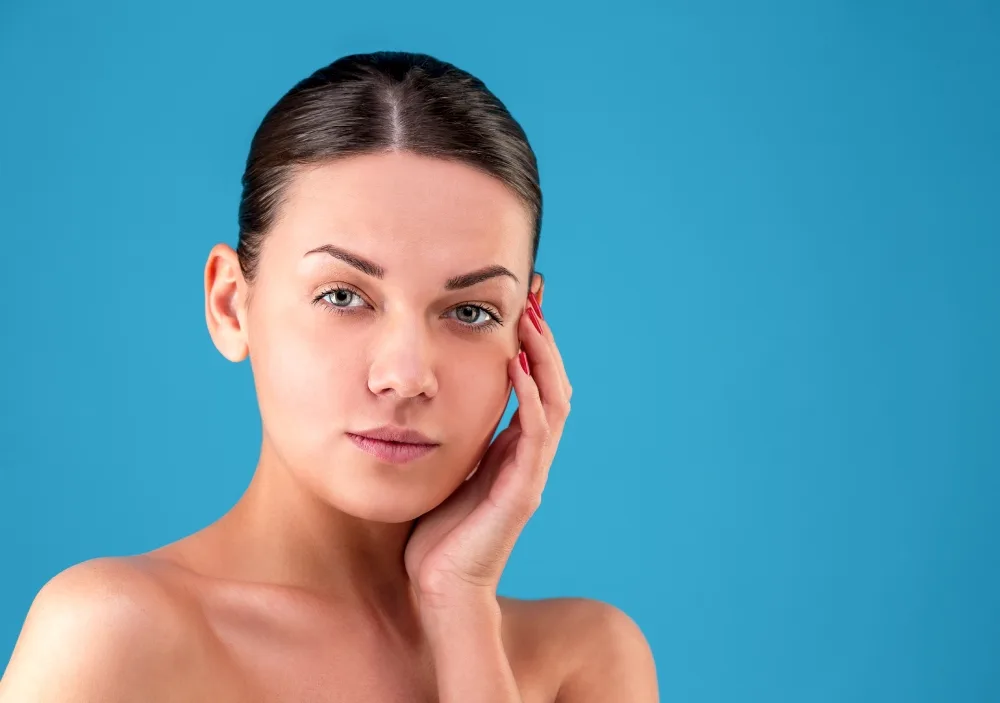
Dark circles are a common concern, often caused by factors like hyperpigmentation under the eyes, genetic predisposition, poor sleep, or high screen time. These circles can make one appear tired or unwell, affecting overall aesthetics. Treating dark circles is challenging due to various underlying causes, including increased vascularity or tear trough deformities. A non-invasive approach for dark circle reduction combines customized treatments like peels, ultimate eye rejuvenation, and OxyGeneo eye treatments to target specific skin concerns and restore a refreshed, youthful look. It’s an effective, tailored solution.

The best treatment for dark circles involves a combination of advanced therapies tailored to address various underlying causes. Laser treatment for dark circles targets hyperpigmentation under the eyes, reducing discoloration and improving skin texture. Chemical peels for dark circles help exfoliate the skin, promoting the regeneration of fresh, even-toned skin. For puffy under-eyes, treatments like specialized serums or microneedling can reduce swelling and enhance skin elasticity. By targeting both pigmentation and puffiness, these treatments offer a comprehensive solution to brighten, restore, and rejuvenate the delicate under-eye area.
A1: Dark circles can be caused by hyperpigmentation, genetics, aging, lack of sleep, or puffy under-eyes.
A2: Laser treatment targets and breaks down pigmentation under the eyes while stimulating collagen production to improve skin texture and elasticity.
A3: No, laser treatment is non-invasive and generally causes minimal discomfort, often described as a mild sensation of warmth.
A4: The duration of the procedure is usually between 20 and 30 minutes, depending on the specific area being treated.
A5: Most patients experience little to no downtime. Mild redness or swelling may appear but typically resolves within a few hours.
A6: For the best results, it’s usually recommended to have 3 to 5 sessions, with each session scheduled 2 to 4 weeks apart.
A7: Results are usually visible after 1-2 weeks, with full results becoming more apparent after multiple sessions.
A8: Yes, laser treatments are FDA-approved and safe when performed by a qualified professional.
A9: Yes, laser treatment helps reduce puffiness by stimulating collagen and tightening the skin around the eyes.
A10: While the results are long-lasting, maintenance treatments may be required over time to keep the under-eye area refreshed and rejuvenated.
Klarity Skin Clinic, M – 69, First Floor,
M Block Market, Greater Kailash II, New Delhi 110048
Copyright © 2025 All Rights Reserved.
Klarity Skin Clinic is Unit of Acara Wellness Private Limited.